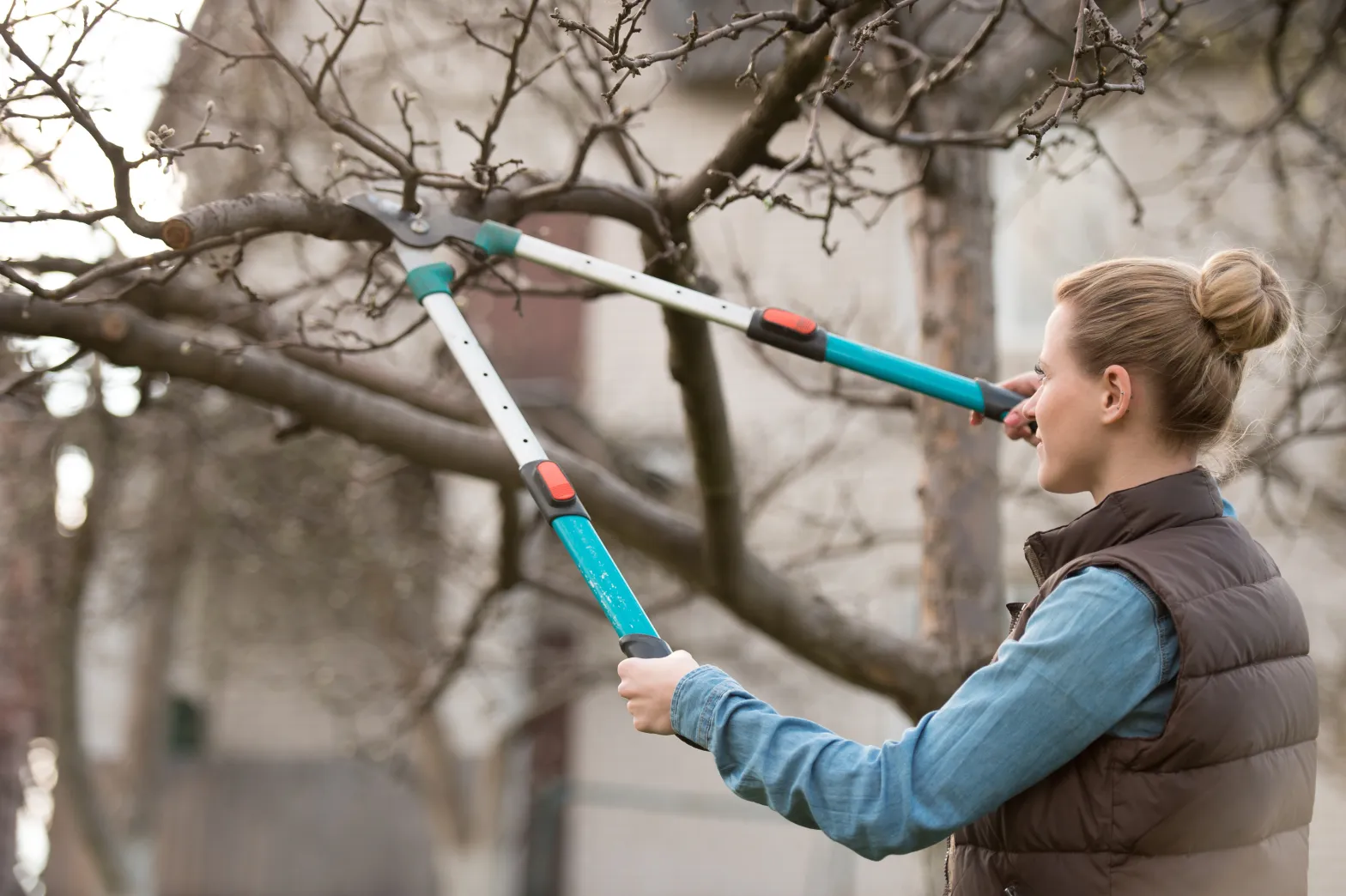Healthy trees contribute significantly to the beauty and well-being of our environment. One crucial aspect of tree care is proper pruning, a practice that promotes tree health and longevity. This guide offers practical tips for effective tree pruning aimed at maintaining and enhancing the well-being of your green companions.
1. Understanding the Purpose of Tree Pruning
Tree pruning is not just about trimming branches; it serves specific purposes. Pruning helps remove dead or diseased branches, promotes proper growth, and enhances the overall structure of the tree. Understanding the objectives behind pruning is essential for carrying out the process effectively.
2. Identifying the Right Time for Pruning
Timing is critical when it comes to tree pruning. When it comes to tree pruning for tree health, aim to prune during the dormant season, typically in late fall or winter. Pruning during this period minimizes stress on the tree and reduces the risk of disease transmission. However, dead or hazardous branches can be removed at any time of the year.
3. Selective Pruning Techniques
Adopt selective pruning techniques to target specific branches for removal. Focus on eliminating dead, diseased, or crossing branches. This allows the tree to allocate more resources to healthy branches, fostering robust growth and vitality.
4. Pruning for Structural Integrity
Promote strong branch structure by identifying and addressing weak or poorly attached limbs. Structural pruning helps prevent potential hazards, such as falling branches, and improves the tree’s resistance to adverse weather conditions.
5. Avoiding Over-Pruning
While pruning is beneficial, it’s crucial to avoid over-pruning, which can stress the tree and compromise its health. Follow the one-third rule—remove no more than one-third of the tree’s canopy during a single pruning session. This ensures a balanced approach that promotes health without causing harm.
6. Proper Pruning Tools and Techniques
Invest in high-quality pruning tools and ensure they are well-maintained. Clean cuts using sharp tools minimize the risk of disease entry points. Employ proper pruning techniques, such as making cuts just outside the branch collar, to facilitate quick healing.
7. Consider Consulting an Arborist
For complex pruning tasks or large trees, consider consulting with a certified arborist. Arborists possess the expertise to assess tree health, identify potential issues, and recommend tailored pruning strategies for optimal results.
Conclusion
Tree pruning is a fundamental aspect of tree care, contributing significantly to overall tree health. By understanding the purpose of pruning, identifying the right time, adopting selective pruning techniques, promoting structural integrity, avoiding over-pruning, using proper tools, and considering professional advice when needed, individuals can actively contribute to the well-being of their trees. Regular, thoughtful pruning not only enhances the aesthetic appeal of trees but also ensures their vitality and resilience over time.

